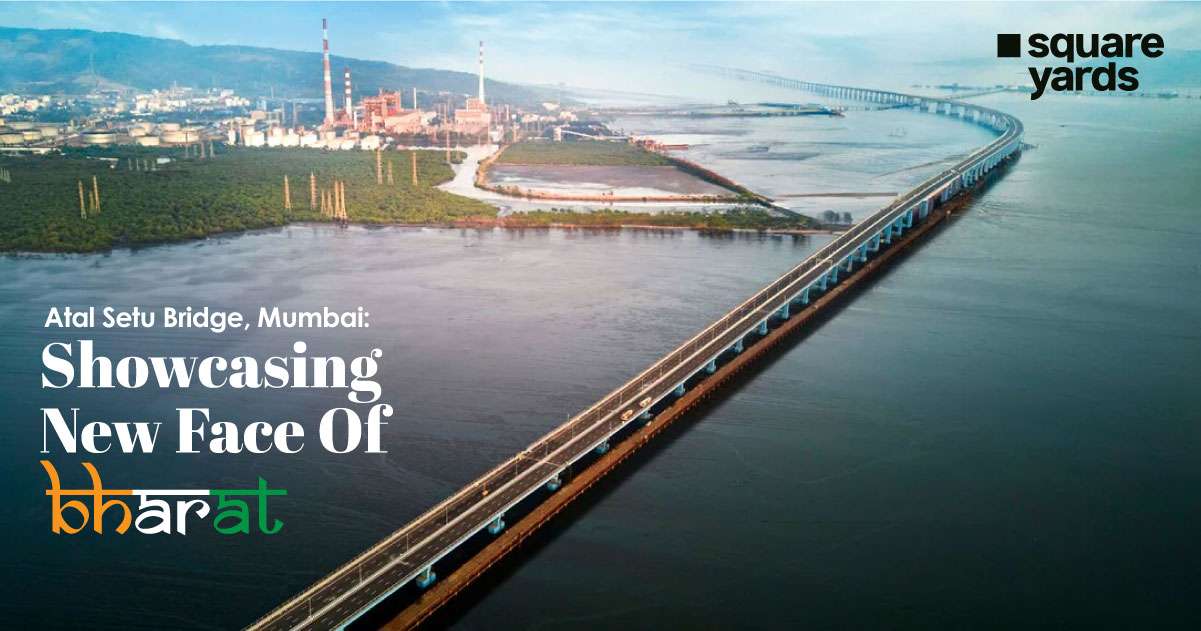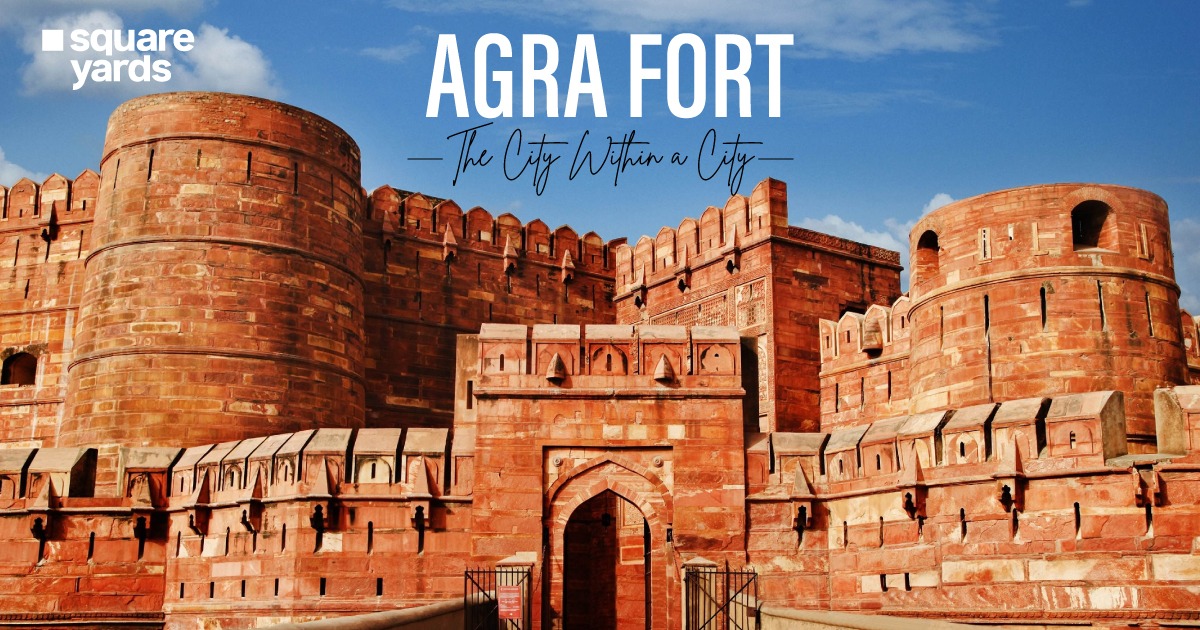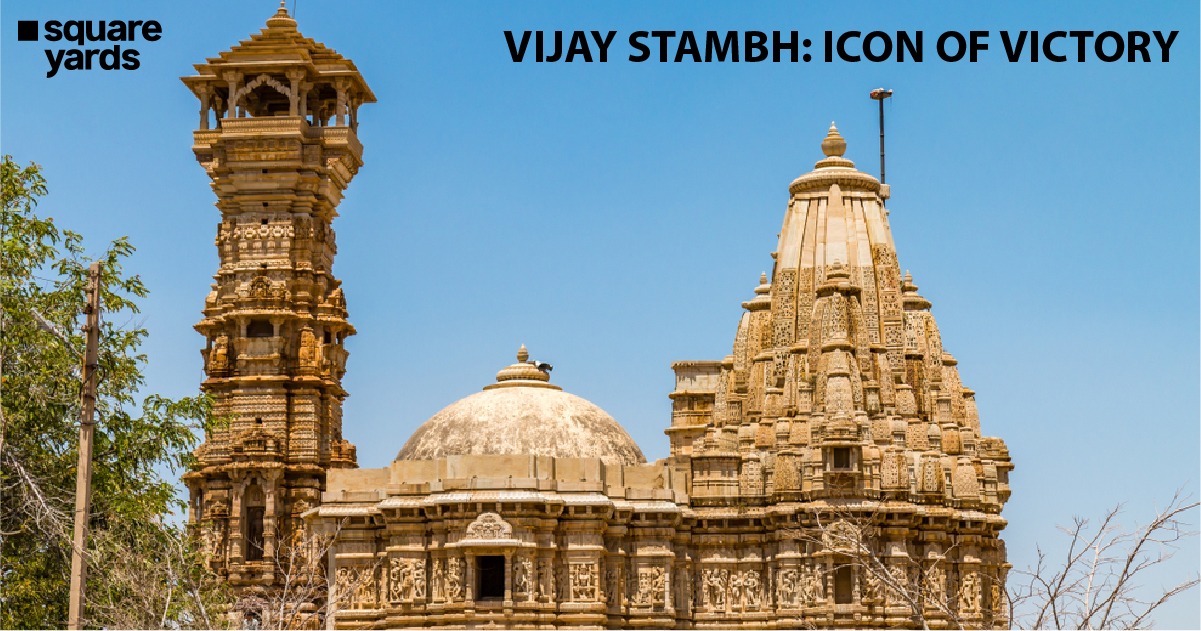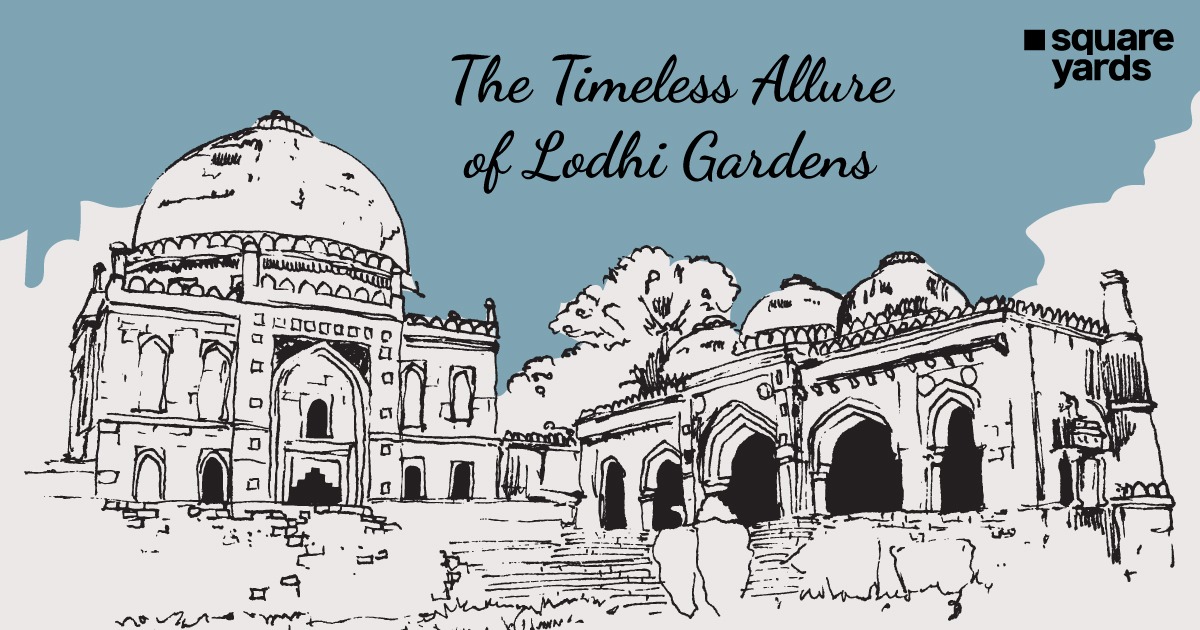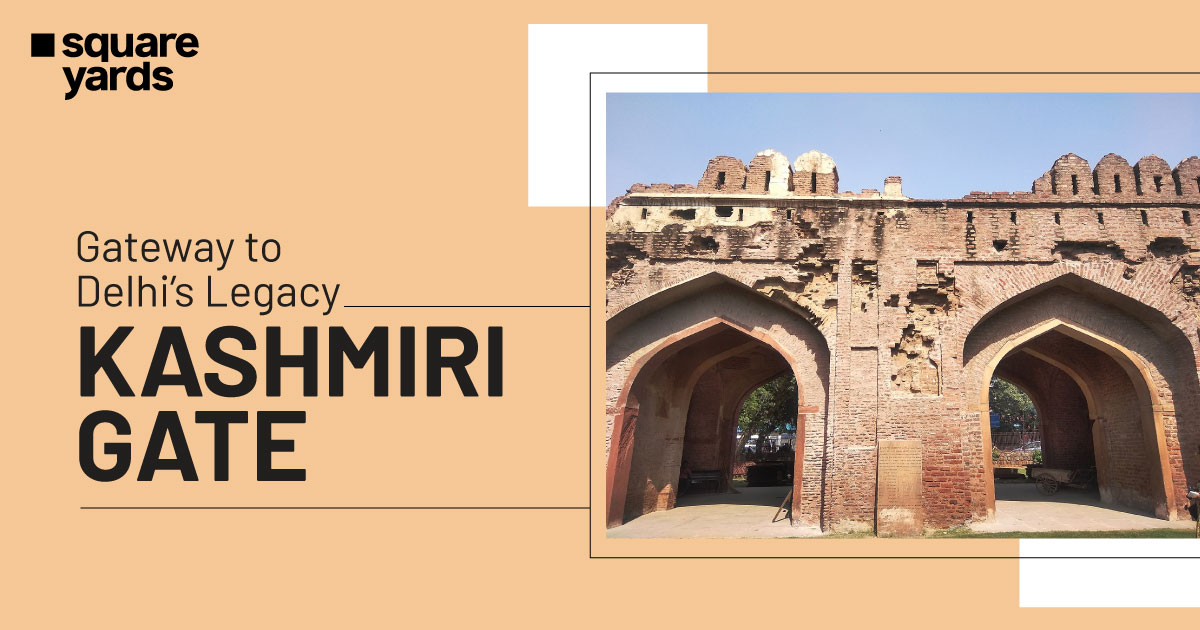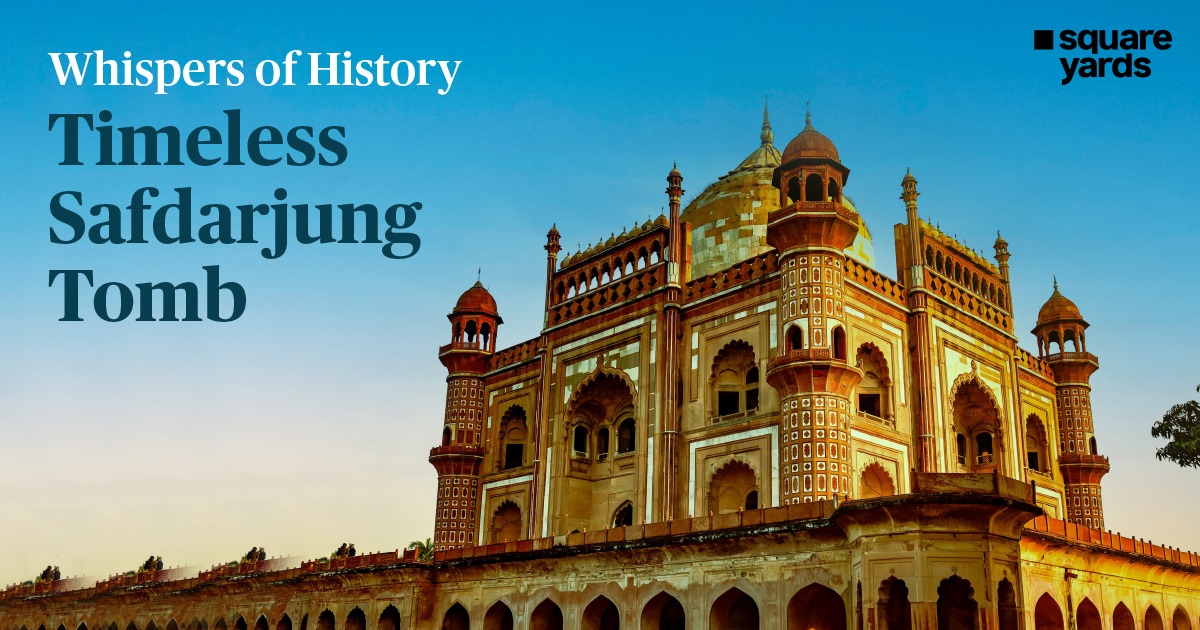Common Names – Mumbai Trans Harbour Link, Shri Atal Bihari Vajpayee Trans Harbour Link, Atal Setu Sea Bridge
Table of contents
A big new sea bridge in Mumbai, called Atal Setu, was inaugurated by Prime Minister Narendra Modi on 12th Jan ’24. It’s the longest bridge in India! Built over the sea, the bridge connects places called Sewri and Nhava Sheva. Atal Setu cost is ₹17,840 crore that is spent by the government of India to make this dream happen! This bridge is a game-changer for the city. The bridge not only puts smiles on the traveller’s face, but it also puts Inda’s mind and development progress onto the map, showcasing the new face of a developed Bharat!
So, let’s catch up on what it takes for this dream project to turn into a reality!
Before Construction: Atal Setu Bridge History
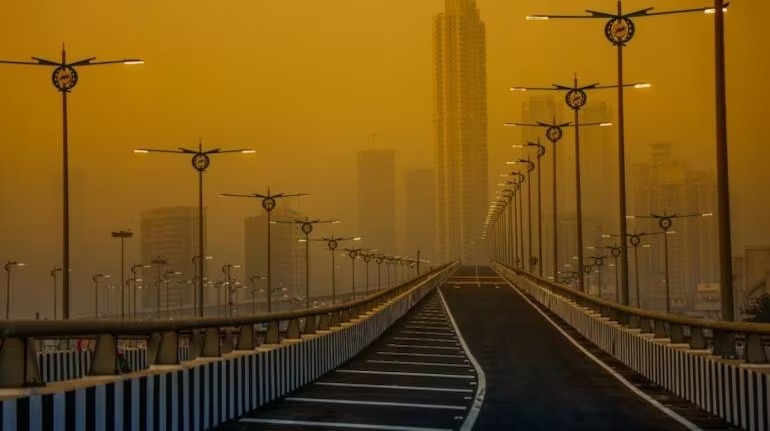
Traffic in Mumbai is not today’s problem, it was in the 60’s-70’s. From the start, Mumbai was dealing with a ton of traffic issues. Thus, iIn the early ’60s, a company called Wilbur Smith and Associates (WSA) jumped in to find a solution. They did a deep dive into the transportation scene in Mumbai and handed over their findings to the Ministry of Road Transport and Highways on December 19, 1963. One of their big suggestions was to build a sea link, the Uran Bridge. This will connect Mumbai with the mainland near Uran. However, they weren’t entirely convinced it was doable.
In 1973, the idea floated on the top by the name Vashi Bridge, linking Mankhurd in Mumbai with Vashi in Navi Mumbai.
Since traffic was to the brim and constantly tarnishing the city’s beauty, the Mumbai Metropolitan Region Development Authority (MMRDA) again dug up the idea of the bridge and started designing the Mumbai Trans Harbour Link (MTHL) project.
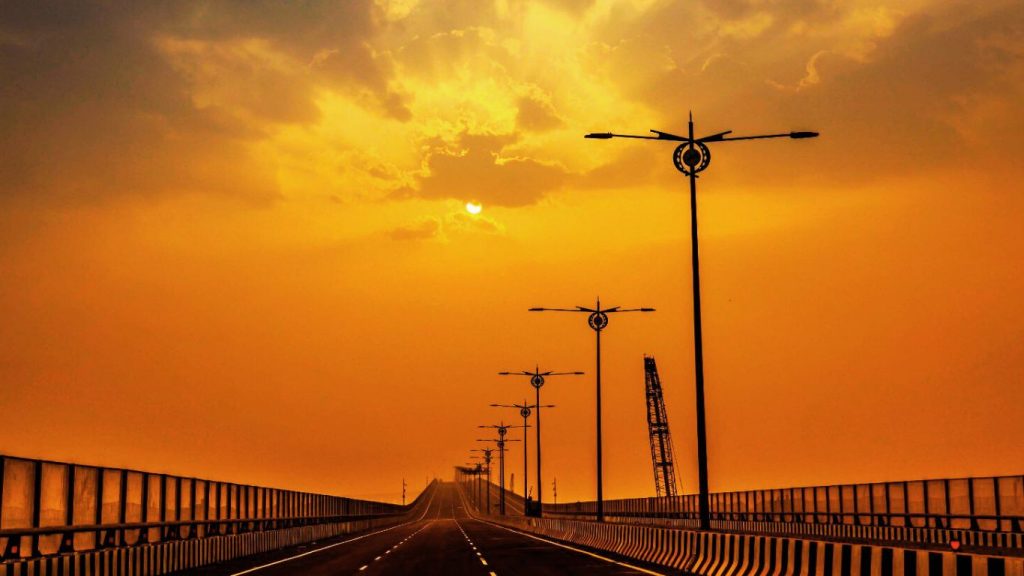
In 2004, IL&FS company proposed the final plan, but it didn’t fly. Attempts in 2005 and 2008 hit roadblocks too. Then in 2011, MMRDA brought in Arup Consulting Engineers and KPMG into the matter to figure out if the project could actually work or not.
The final attempt got the thumbs up in 2012 but with a catch! Environmentalists raise concerns about the impact on local mangroves and flamingo habitats. The project managed to protect the lives of the birds by adding barriers to the whole bridge from the sides.
Despite all the hiccups, the project got clearance in 2016, JICA came on board, and the bidding process wrapped up in 2016. Finally, in 2017, the project got the final environmental clearance.
What Makes Atal Setu Unique?
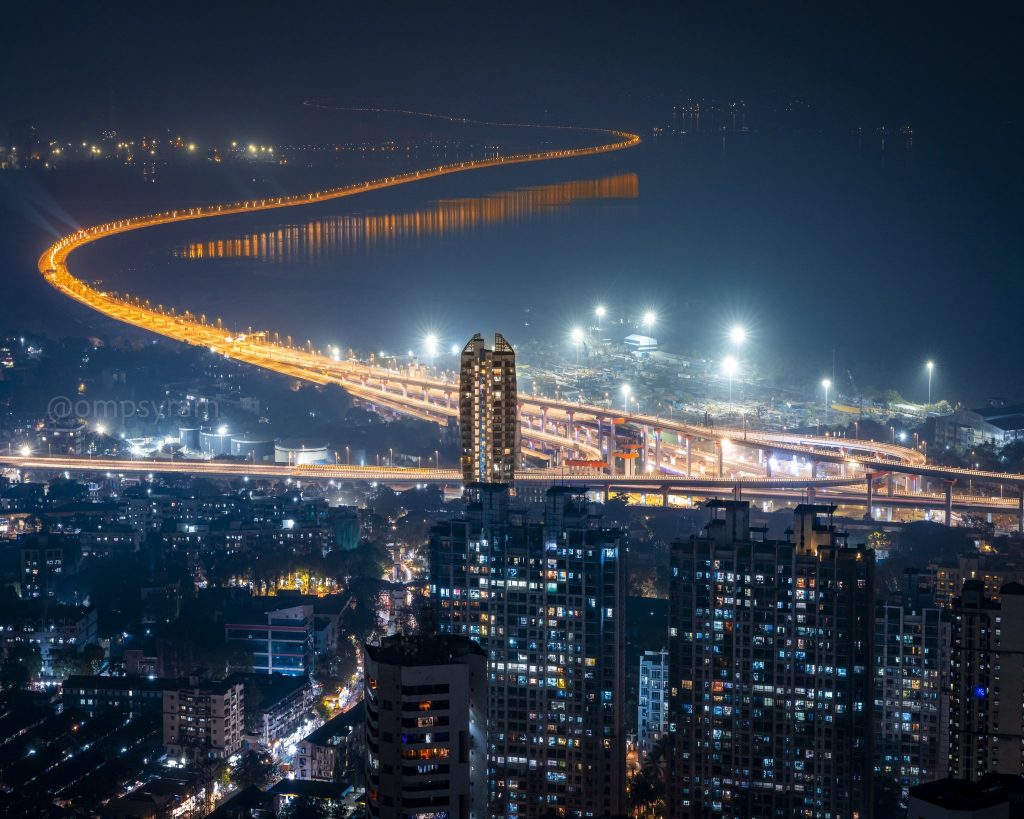
The Mumbai Trans Harbour Link (MTHL) is a big project connecting Mumbai and Navi Mumbai. Atal Setu bridge’s length is a stretch of 21.8 km, with a major part (16.5 km) running over the sea.
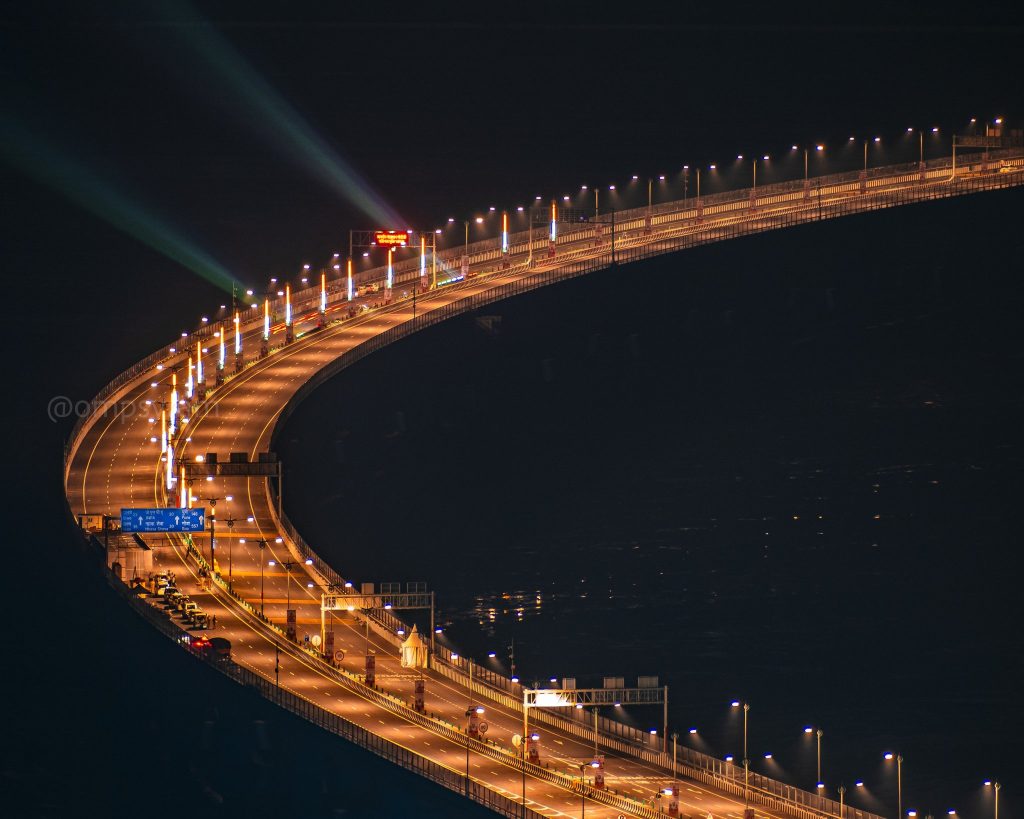
This project is more than just a road. It’s smart – MTHL used side noise barriers, reverse circulation rigs and silencers to reduce noise. The lighting system adopts eco-friendly practices which protect the environment.
It is also earthquake resistant, with base isolation bearings as shock absorbers capable of withstanding seismic forces up to 6.5 on the Richter scale. It even has special rigs to reduce vibrations, keeping the sea life safe.
The MTHL has a strong steel deck with a corrugated steel plate supported by a network of steel beams that makes the bridge light. This lightweight design promotes resilience against wave and wind forces.
Where the Bridge Takes You?
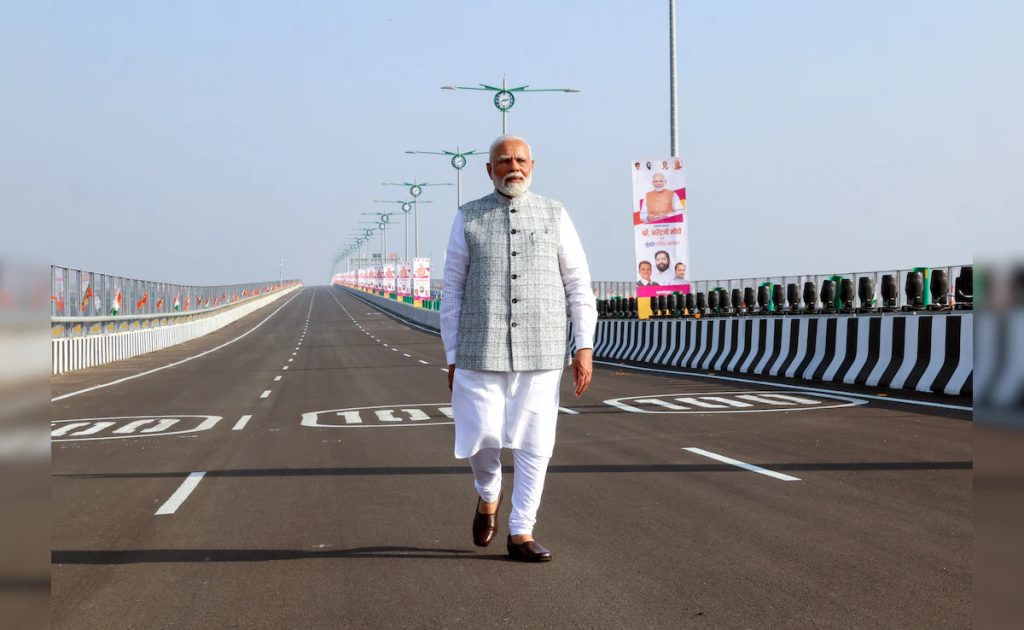
You can enter through the Chirle Interchange on Highway 348, Mumbai to reach the Atal Setu Bridge entrance. From here you can start your atal setu route built on land, the bridge cuts into Shivaji Nagar Interchange, where you can drive down to Shivaji Nagar and its nearby localities. That is the only cut this bridge has. Post land sides, you will be crossing the sea part of the bridge which will take you to Navi Mumbai.
See More: Top 10 Safest Cities in India 2024
Atal Setu Bridge – Rules to Follow:
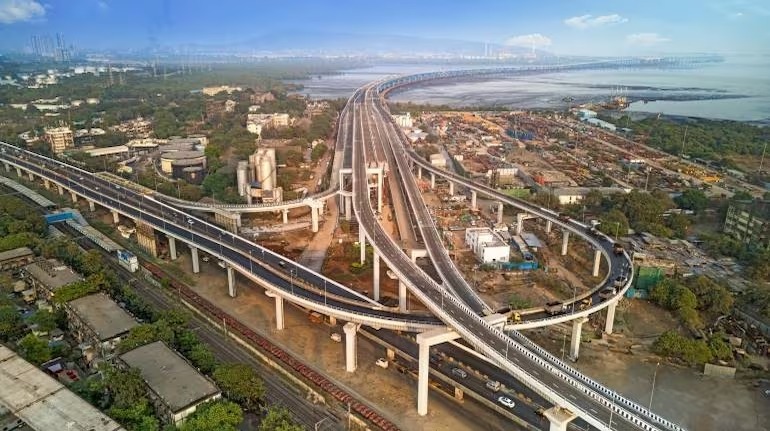
The Mumbai Trans Harbour Link (MTHL) has some rules for smooth operations. Let’s talk about them in simple terms.
Firstly, speed matters. If you’re driving a regular vehicle like a car or taxi, you can go up to 100 kilometres per hour on the bridge. But when you’re going up or down, slow it down to 40 kilometres per hour for safety.
Now, not all vehicles are allowed. Motorcycles, mopeds, three-wheelers, autos, tractors, and slow-moving vehicles need to find another route. Also, big trucks and buses heading to Mumbai should take a different road instead of using the Eastern Freeway.
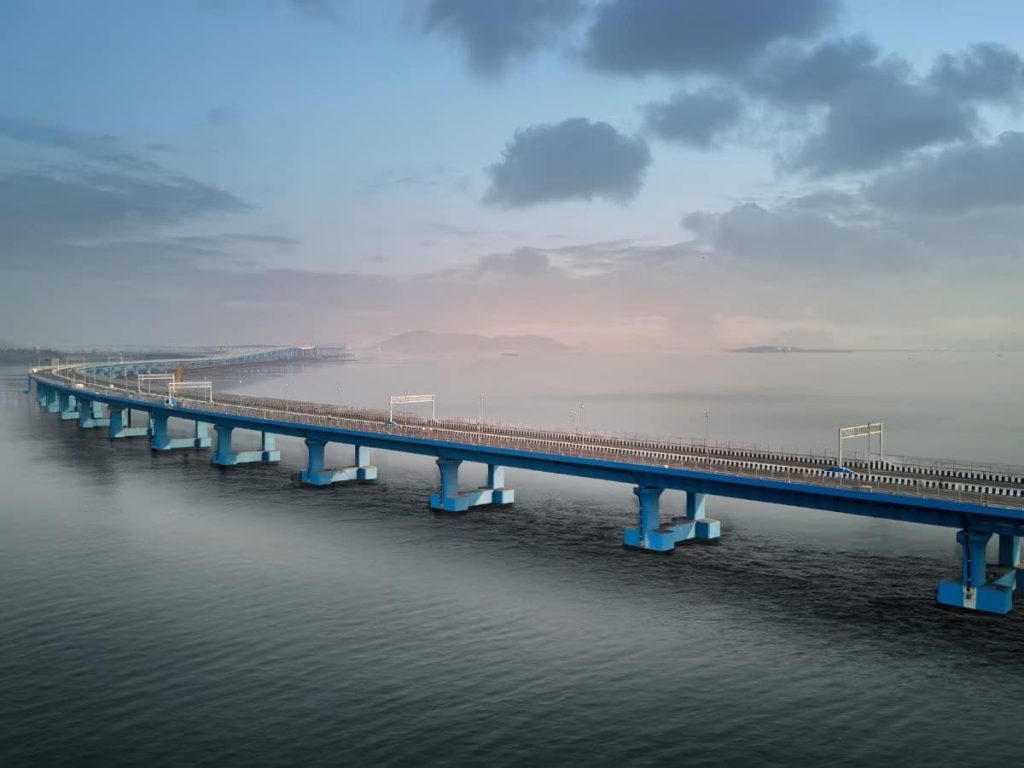
When it comes to paying tolls, it’s not too complicated. For a regular car going from Sewri to Shivaji Nagar (Ulwe), it costs Rs 200. If you’re going from Shivaji Nagar to Gavhan, it’s Rs 50. And if you plan a round trip, be ready to pay Rs 300.
The toll collection is smart. They use a system called Open Road Tolling (ORT) on the Navi Mumbai side. Cameras capture moving vehicles, so there’s no need to stop. This system will be in place until 2045.
Lastly, keep this marvel clean and safe for everyone!


